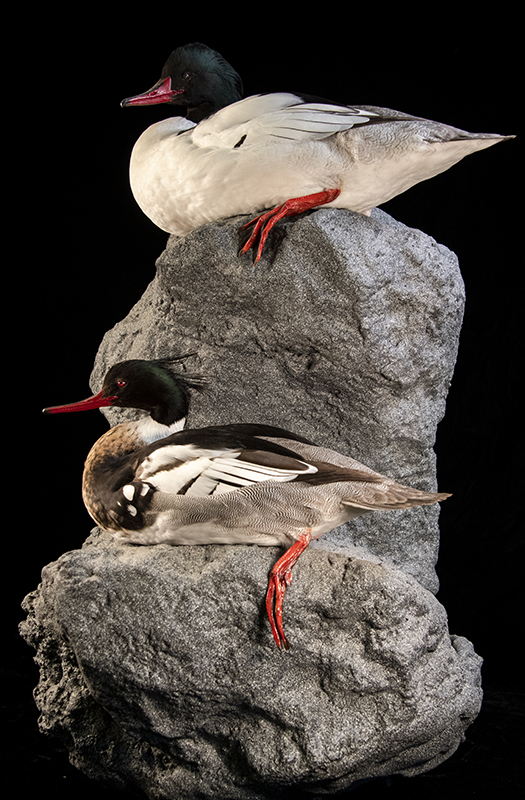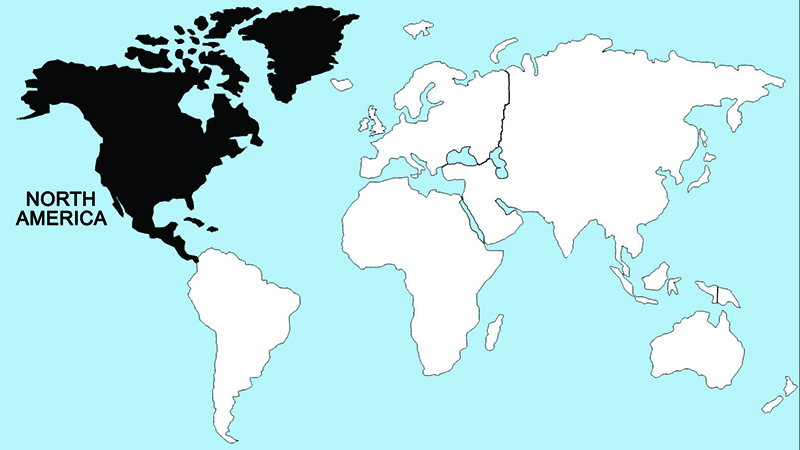Common Merganser

Easily the largest of the mergansers, but also one of the largest ducks in North America, the distinctive bill shape and coloration make the common merganser easily identifiable. Common mergansers nest mainly across northern Canada, but not as far north as the red-breasted but can be found nesting further south. The also occupy parts of Europe (known there as the Goosander).
Despite their large size, commons primarily nest in tree cavities and will use artificial nesting structures. They lay around 9 eggs/clutch and can be subjected to nest parasitism (i.e., other females laying eggs in their nest), especially when using artificial sites. Fish is the primary food source throughout the year for commons and probably less diversified than for red-breasted or hooded mergansers.
During winter, rivers, large lakes and reservoir provide habitat and food source for common mergansers in Nebraska where they are readily observed. Indeed, depending on the weather patterns, large concentrations can be observed on the larger reservoirs (e.g., Lake McConaughy, Harlan County).
— Description by Mark Vrtiska
Regions Birds Are Found

Collection Location & Year
U.S. - Alaska 2000
Taxonomy
| Order | Anseriformes |
|---|---|
| Family | Anatidae |
| Sub Family | Anatinae |
| Species | Mergus |
| Genus | merganser |
Gender
Female
References
- Baldassarre, G. A. 2014. Ducks, geese, and swans of North America. John Hopkins University Press, Baltimore, Maryland.
- Bellrose, F. C. 1980. Ducks, Geese and Swans of the World. Stackpole Books, Harrisburg, Pennsylvania.
- Mallary, M. L., and K. Metz. 1999. Common Merganser (Mergus merganser). In A. Poole and F. Gill, editors, The Birds of North America, No. 442. The Birds of North America, Inc., Philadelphia, Pennsylvania.